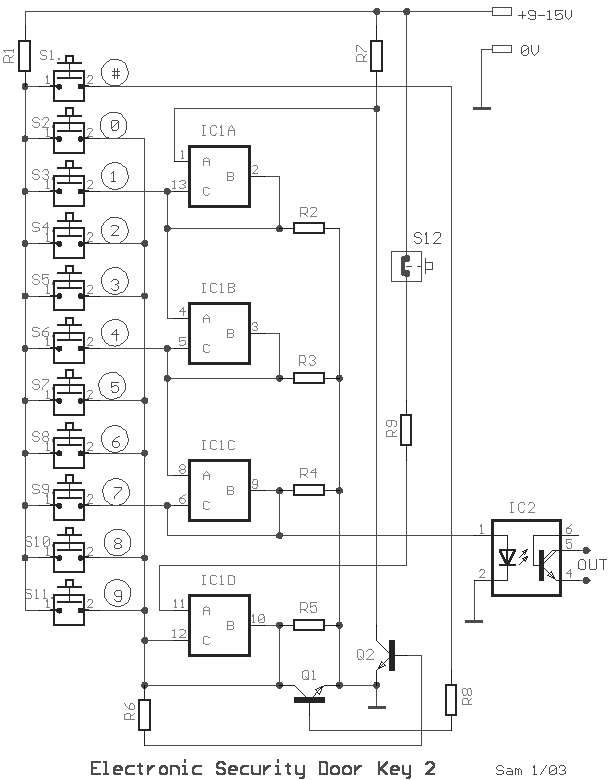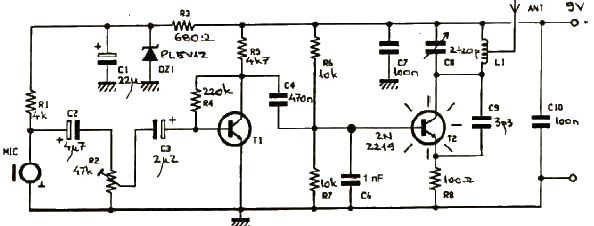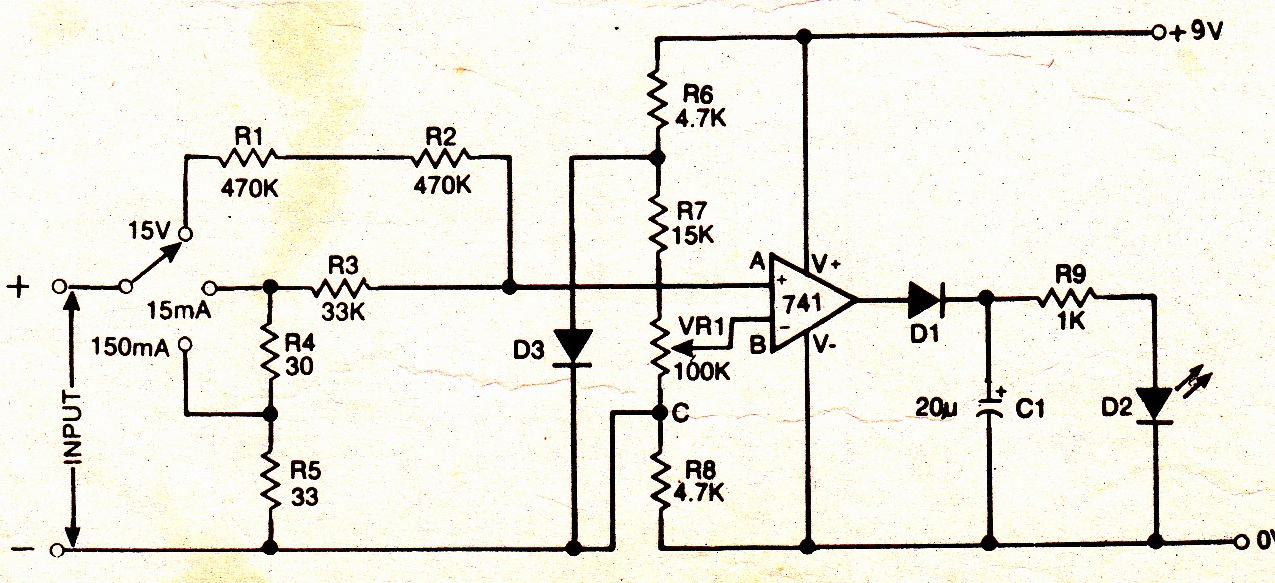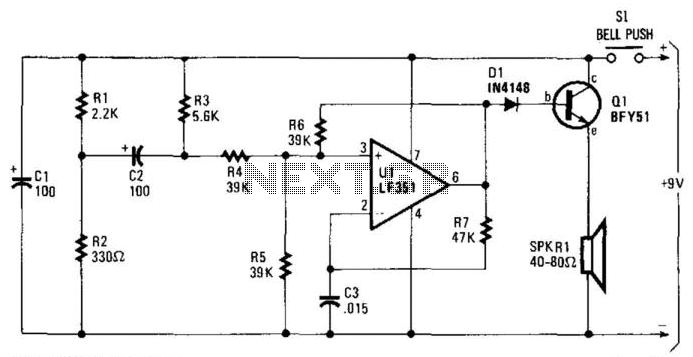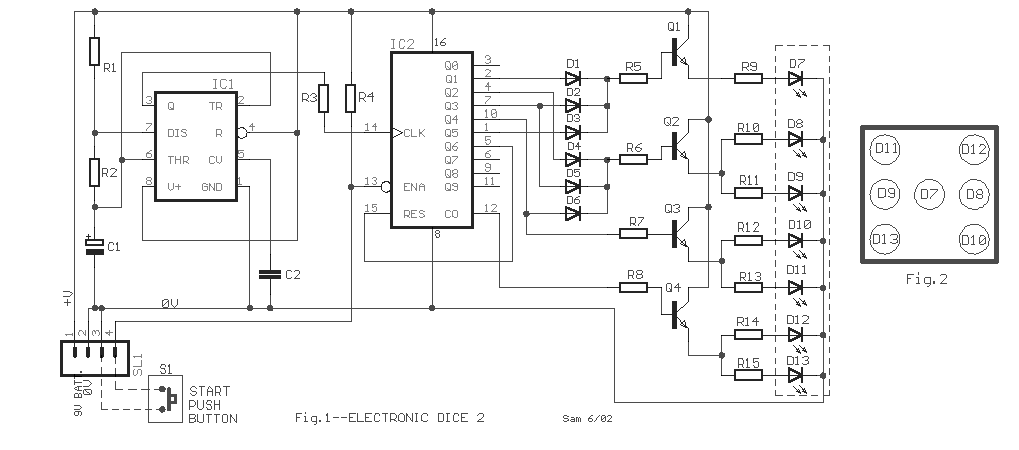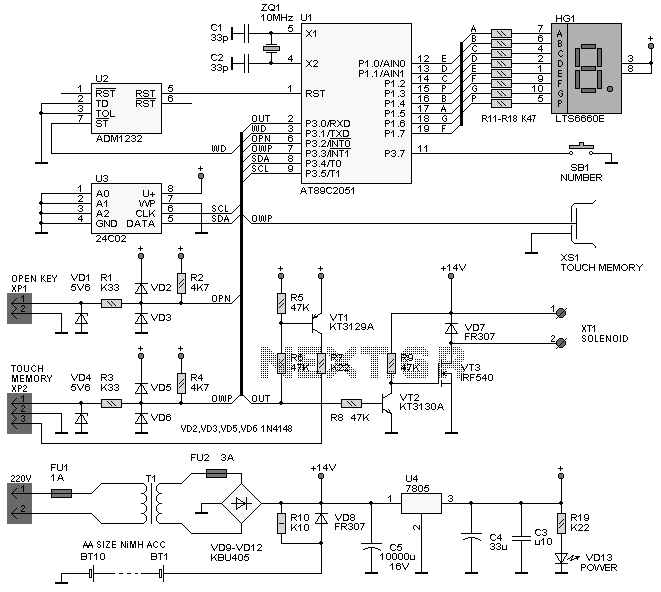
Electronic Dictionary Radar Terms
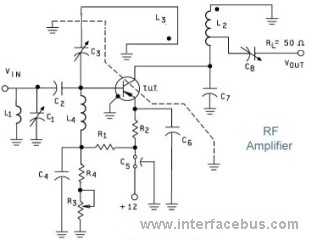
The allowable reduction in system performance. For a fire control radar, the acceptable degradation is usually expressed as a reduction in range; for example, the maximum lock-on range might be degraded by 25 percent without loss of essential defense capability. Acquisition: The process between the initial location of a target and the final alignment of the tracking radar on the target. It is the operational phase of a fire-control or track radar during which the radar system searches a small volume of space in a pre-arranged pattern. A procedure by which a fire control tracking radar attains initial lock-on typically involves supplying approximate target coordinates to the tracking radar, which then searches a predetermined volume of space to locate the target. AFC (Automatic Frequency Control): An arrangement whereby the frequency of an oscillator or the tuning of a circuit is automatically maintained within specified limits with respect to a reference frequency. A magnetron drifts in frequency over time, and the AFC of a radar adjusts the local oscillator by an equal amount so that the intermediate frequency (IF) remains constant. AGC (Automatic Gain Control): A method for automatically obtaining an essentially constant receiver output amplitude. The amplitude of the received signal in the range gate determines the AGC bias (a DC voltage), which controls the receiver gain to maintain a nearly constant output even as the amplitude of the input signal varies. Amplifier: An electronic device used to increase signal magnitude or power. This includes types such as GaAs FET Amplifier, Klystron Amplifier, and Traveling-Wave Tube Amplifier. Amplitude Modulation (AM): A method of impressing a message on a carrier wave by causing the carrier amplitude to vary proportionally to the message waveform. Amplitude Shift Keying (ASK): A method of impressing a digital signal upon a carrier signal by causing the carrier amplitude to take different values corresponding to the different values of the digital signal. Angle Jamming: An electronic countermeasure (ECM) technique in which azimuth and elevation information from a scanning fire control radar is jammed by transmitting a jamming pulse similar to the radar pulse, but with modulation information that is out of phase with the returning target angle modulation information.
The description of system performance degradation in fire control radar highlights the critical balance between operational efficacy and acceptable limits of performance loss. In practical terms, a 25% reduction in maximum lock-on range is permissible without compromising the core defense capabilities, illustrating the importance of reliability in military applications.
Acquisition is a vital process in radar operation, encompassing the steps from initial target detection to precise tracking alignment. During this phase, the radar system systematically scans a designated spatial volume, ensuring effective target identification. This operational methodology is designed to enhance the efficiency of fire control systems, allowing for swift adjustments to target coordinates, which is crucial in dynamic combat scenarios.
The Automatic Frequency Control (AFC) mechanism plays a significant role in maintaining signal integrity by compensating for frequency drift in components such as magnetrons. By ensuring that the local oscillator frequency is adjusted in tandem with any drift, AFC guarantees that the intermediate frequency remains stable, thus preserving the radar's operational reliability and performance.
Automatic Gain Control (AGC) is essential for managing the variability in signal amplitude that can occur in radar systems. By adjusting the receiver gain based on the amplitude of incoming signals, AGC ensures that output levels remain consistent, which is critical for accurate signal processing and target tracking.
Amplifiers are integral components of radar systems, serving to enhance signal strength and clarity. Various types of amplifiers, including GaAs FET, Klystron, and Traveling-Wave Tube amplifiers, are employed based on specific operational requirements and frequency ranges.
In radar communications, modulation techniques such as Amplitude Modulation (AM) and Amplitude Shift Keying (ASK) are utilized to encode information onto carrier waves. AM varies the amplitude of the carrier wave in accordance with the information signal, while ASK modulates the amplitude to represent digital data, enabling effective transmission of information.
Finally, angle jamming represents a sophisticated ECM technique aimed at disrupting the accuracy of target tracking by manipulating the radar's azimuth and elevation data. By introducing jamming pulses that are out of phase with the radar's own signals, this technique can effectively obscure target information, thereby complicating the enemy's targeting capabilities. This highlights the ongoing technological arms race in radar and electronic warfare systems.The allowable reduction in system performance. For a fire control radar, the acceptable degradation is usually expressed as a reduction in range; for example, the maximum lock-on range might be degraded by 25 percent without loss of essential defense capability. Acquisition: The process between the initial location of a tar get and the final alignment of the tracking radar on the target. Operational phase of a fire-control or track radar during which the radar system searches a small volume of space in a pre-arranged pattern. A procedure by which a fire control tracking radar attains initial lock-on. Usually, the approximate target coordinates are supplied to the tracking radar and it searches a predetermined volume of space to locate the target.
AFC: [Automatic Frequency Control] An arrangement whereby the frequency of an oscillator or the tuning of a circuit is automatically maintained within specified limits with respect to a reference frequency. A magnetron drifts in frequency over a period of time. The AFC of a radar makes the local oscillator shift by an equal amount so the IF frequency will remain constant.
AGC: [Automatic Gain Control] A method for automatically obtaining an essentially constant receiver output amplitude. The amplitude of the received signal in the range gate determines the AGC bias (a DC voltage) which controls the receiver gain so as to maintain a nearly constant output even though the amplitude of the input signal changes.
Amplifier: An electronic device used to increase signal magnitude or power. See also GaAs FET Amplifier, Klystron Amplifier, Traveling-Wave Tube Amplifier. [ RF Equipment Amplifier Manufacturers ]. Amplitude Modulation: [AM] A method of impressing a message on a carrier wave by causing the carrier amplitude to vary proportionally to the message waveform. Read more on Amplitude Modulation in the main engineering dictionary. Amplitude Shift Keying: [ASK] A method of impressing a digital signal upon a carrier signal by causing the carrier amplitude to take different values corresponding to the different values of the digital signal.
Angle Jamming: ECM technique, when azimuth and elevation information from a scanning fire control radar is jammed by transmitting a jamming pulse similar to the radar pulse, but with modulation information out of phase with the returning target angle modulation information. 🔗 External reference
The description of system performance degradation in fire control radar highlights the critical balance between operational efficacy and acceptable limits of performance loss. In practical terms, a 25% reduction in maximum lock-on range is permissible without compromising the core defense capabilities, illustrating the importance of reliability in military applications.
Acquisition is a vital process in radar operation, encompassing the steps from initial target detection to precise tracking alignment. During this phase, the radar system systematically scans a designated spatial volume, ensuring effective target identification. This operational methodology is designed to enhance the efficiency of fire control systems, allowing for swift adjustments to target coordinates, which is crucial in dynamic combat scenarios.
The Automatic Frequency Control (AFC) mechanism plays a significant role in maintaining signal integrity by compensating for frequency drift in components such as magnetrons. By ensuring that the local oscillator frequency is adjusted in tandem with any drift, AFC guarantees that the intermediate frequency remains stable, thus preserving the radar's operational reliability and performance.
Automatic Gain Control (AGC) is essential for managing the variability in signal amplitude that can occur in radar systems. By adjusting the receiver gain based on the amplitude of incoming signals, AGC ensures that output levels remain consistent, which is critical for accurate signal processing and target tracking.
Amplifiers are integral components of radar systems, serving to enhance signal strength and clarity. Various types of amplifiers, including GaAs FET, Klystron, and Traveling-Wave Tube amplifiers, are employed based on specific operational requirements and frequency ranges.
In radar communications, modulation techniques such as Amplitude Modulation (AM) and Amplitude Shift Keying (ASK) are utilized to encode information onto carrier waves. AM varies the amplitude of the carrier wave in accordance with the information signal, while ASK modulates the amplitude to represent digital data, enabling effective transmission of information.
Finally, angle jamming represents a sophisticated ECM technique aimed at disrupting the accuracy of target tracking by manipulating the radar's azimuth and elevation data. By introducing jamming pulses that are out of phase with the radar's own signals, this technique can effectively obscure target information, thereby complicating the enemy's targeting capabilities. This highlights the ongoing technological arms race in radar and electronic warfare systems.The allowable reduction in system performance. For a fire control radar, the acceptable degradation is usually expressed as a reduction in range; for example, the maximum lock-on range might be degraded by 25 percent without loss of essential defense capability. Acquisition: The process between the initial location of a tar get and the final alignment of the tracking radar on the target. Operational phase of a fire-control or track radar during which the radar system searches a small volume of space in a pre-arranged pattern. A procedure by which a fire control tracking radar attains initial lock-on. Usually, the approximate target coordinates are supplied to the tracking radar and it searches a predetermined volume of space to locate the target.
AFC: [Automatic Frequency Control] An arrangement whereby the frequency of an oscillator or the tuning of a circuit is automatically maintained within specified limits with respect to a reference frequency. A magnetron drifts in frequency over a period of time. The AFC of a radar makes the local oscillator shift by an equal amount so the IF frequency will remain constant.
AGC: [Automatic Gain Control] A method for automatically obtaining an essentially constant receiver output amplitude. The amplitude of the received signal in the range gate determines the AGC bias (a DC voltage) which controls the receiver gain so as to maintain a nearly constant output even though the amplitude of the input signal changes.
Amplifier: An electronic device used to increase signal magnitude or power. See also GaAs FET Amplifier, Klystron Amplifier, Traveling-Wave Tube Amplifier. [ RF Equipment Amplifier Manufacturers ]. Amplitude Modulation: [AM] A method of impressing a message on a carrier wave by causing the carrier amplitude to vary proportionally to the message waveform. Read more on Amplitude Modulation in the main engineering dictionary. Amplitude Shift Keying: [ASK] A method of impressing a digital signal upon a carrier signal by causing the carrier amplitude to take different values corresponding to the different values of the digital signal.
Angle Jamming: ECM technique, when azimuth and elevation information from a scanning fire control radar is jammed by transmitting a jamming pulse similar to the radar pulse, but with modulation information out of phase with the returning target angle modulation information. 🔗 External reference
